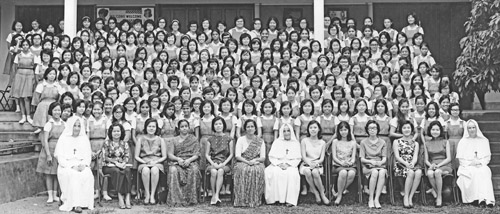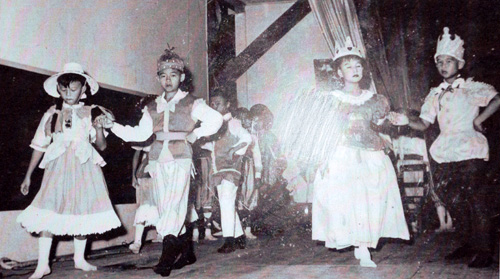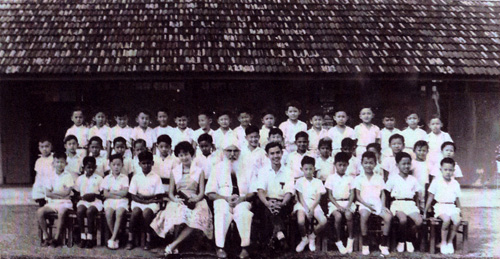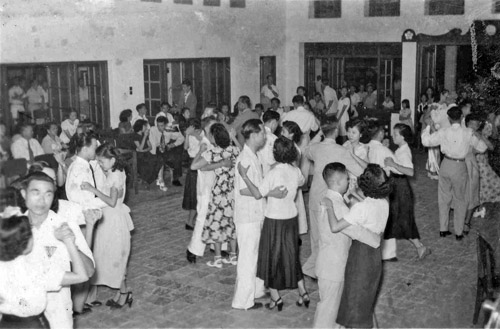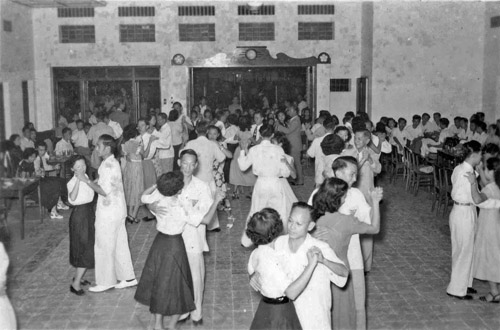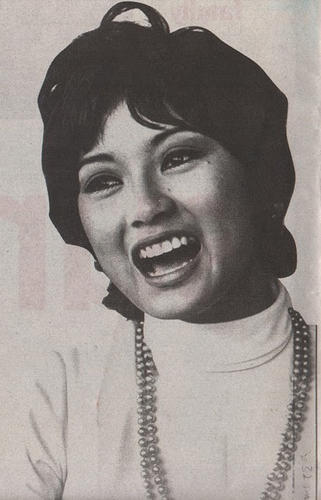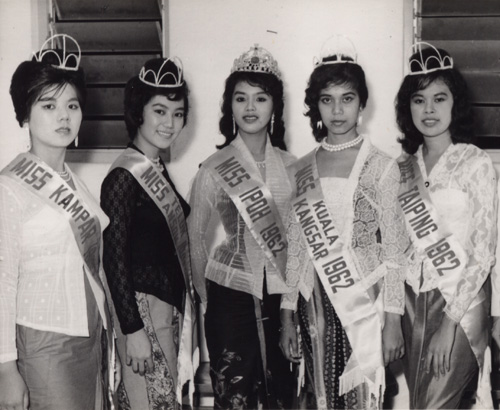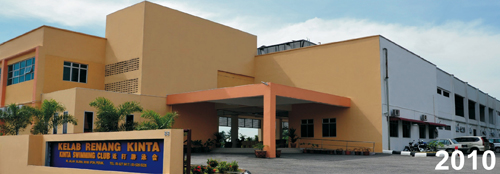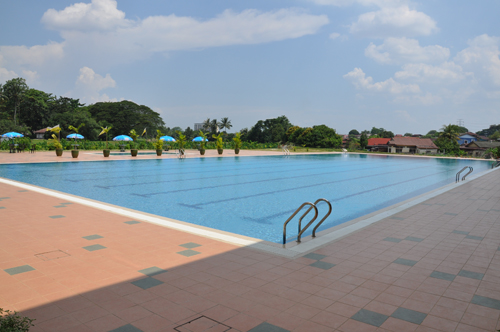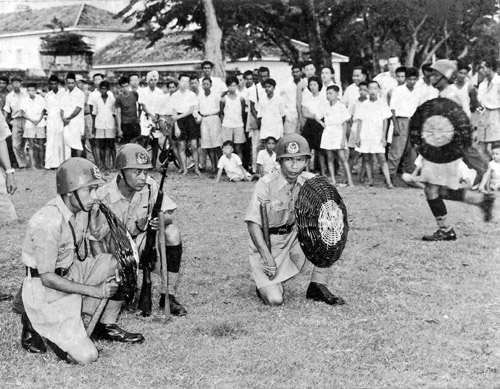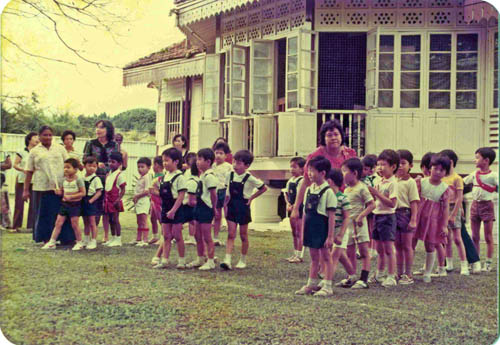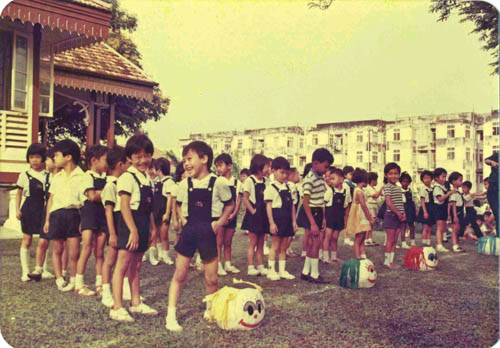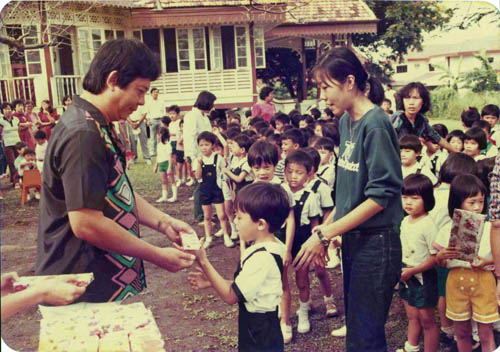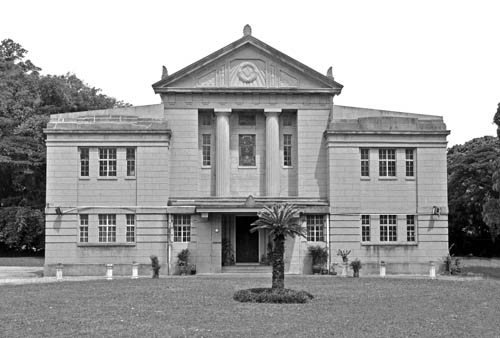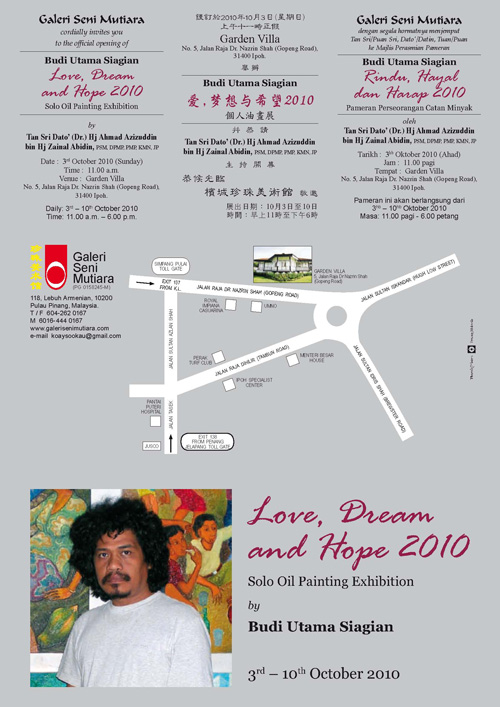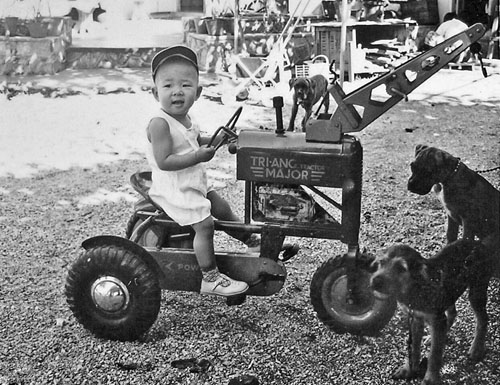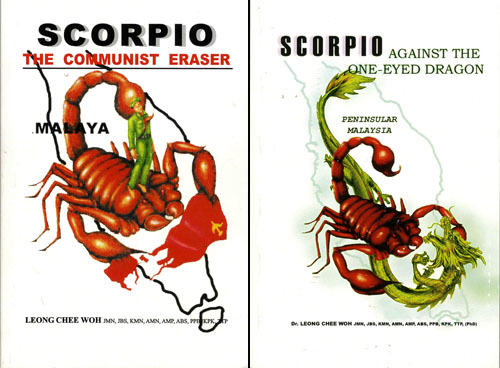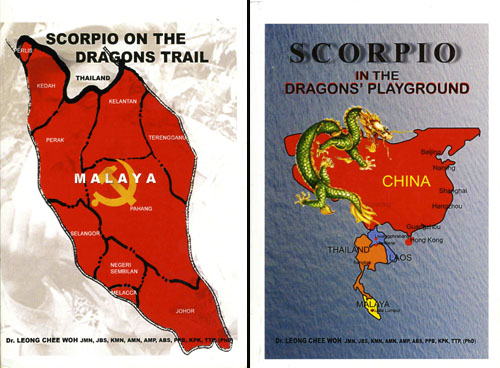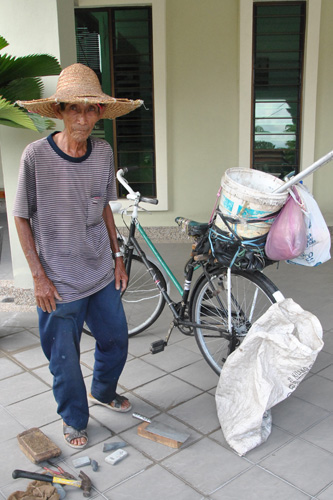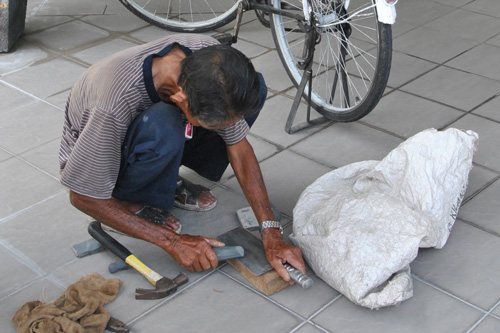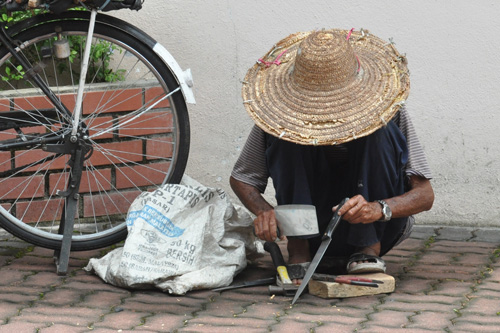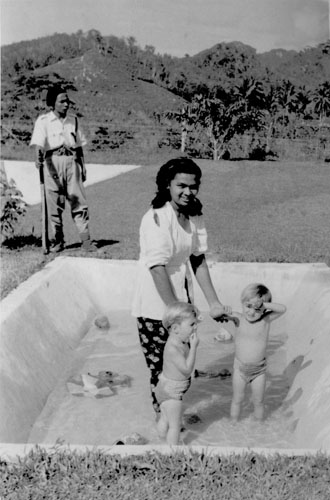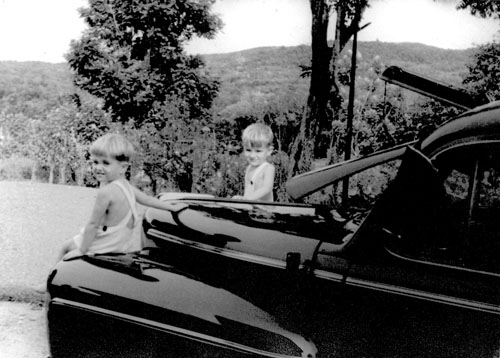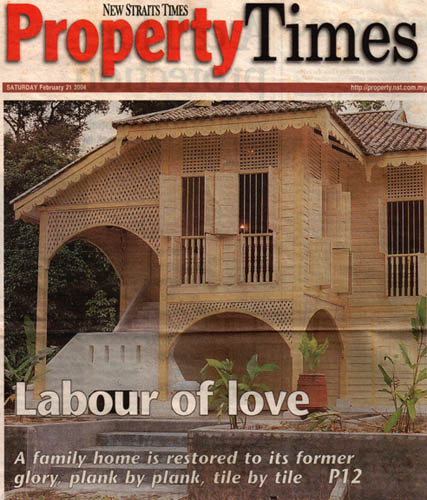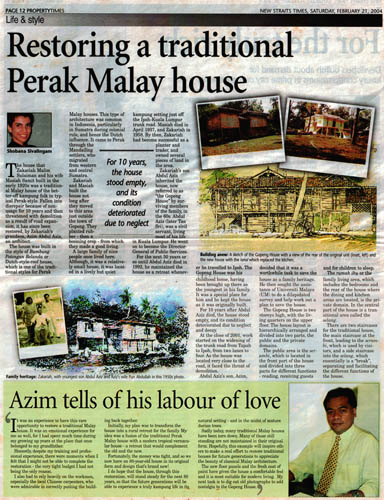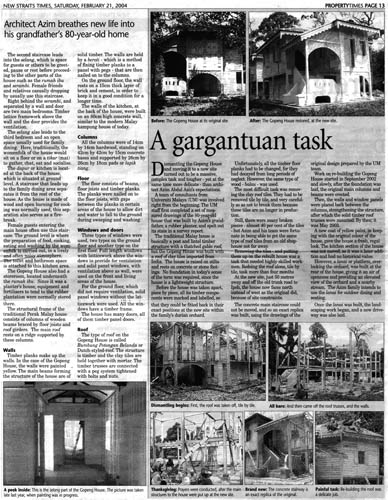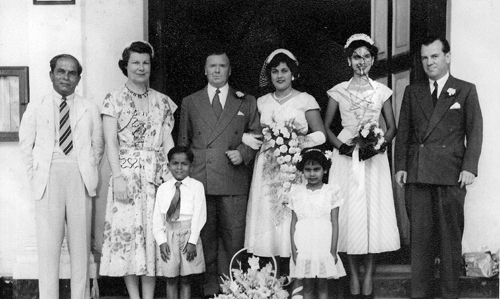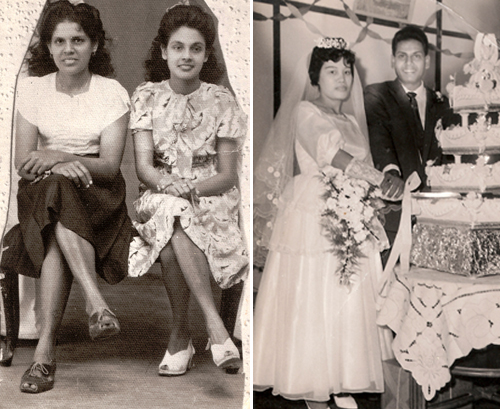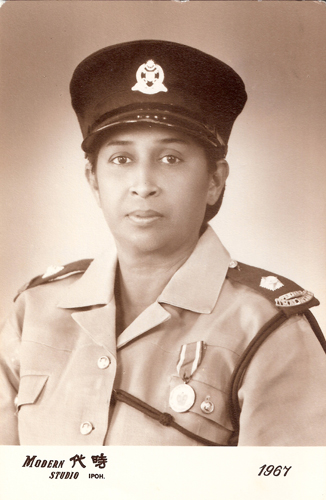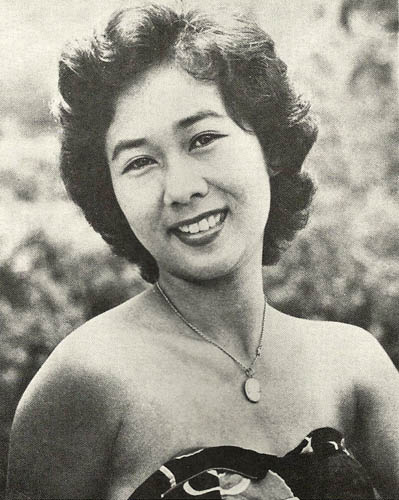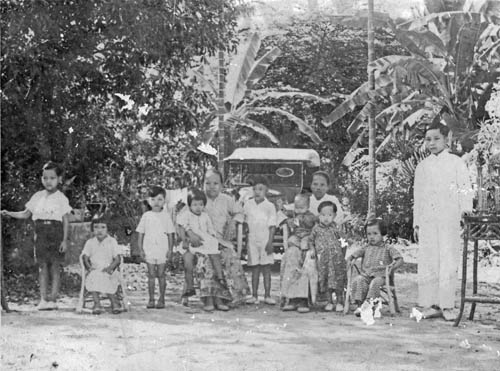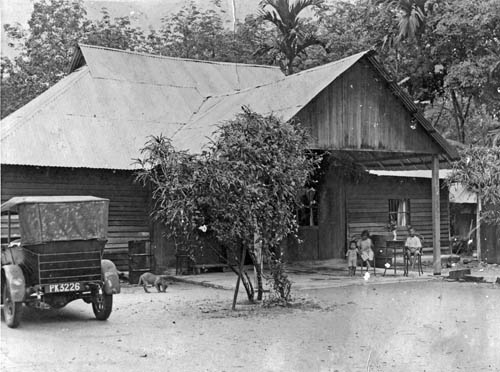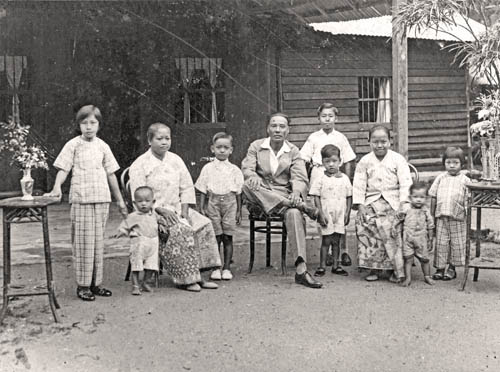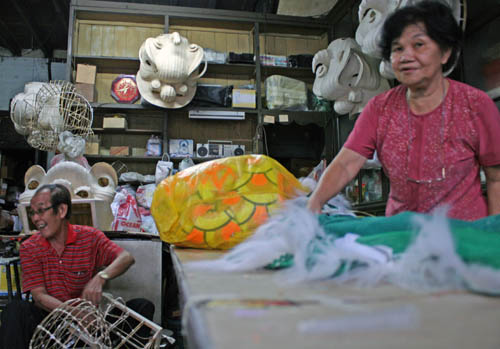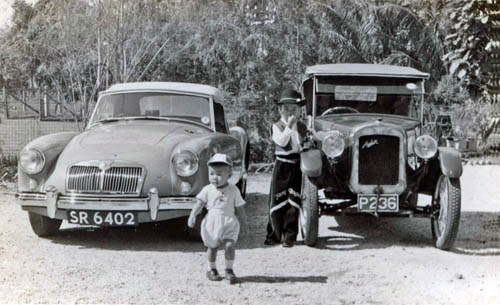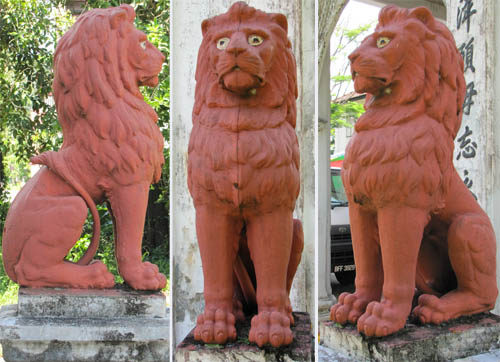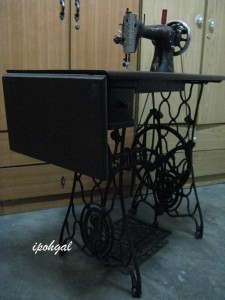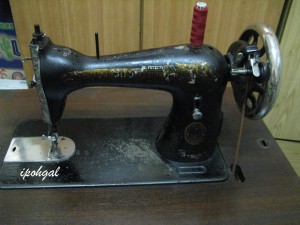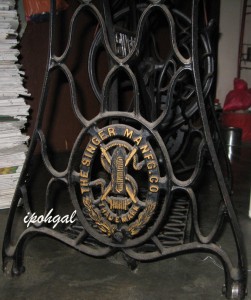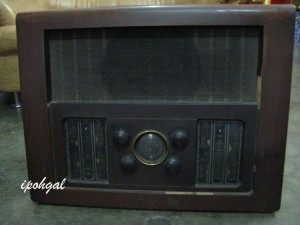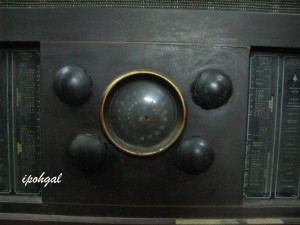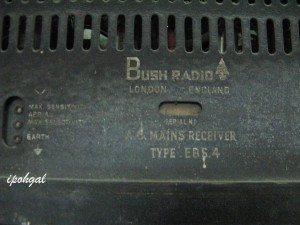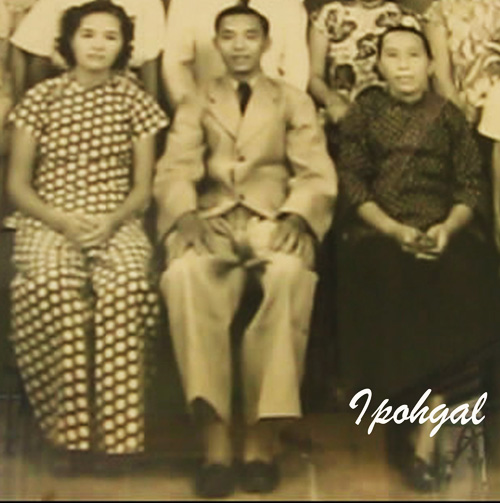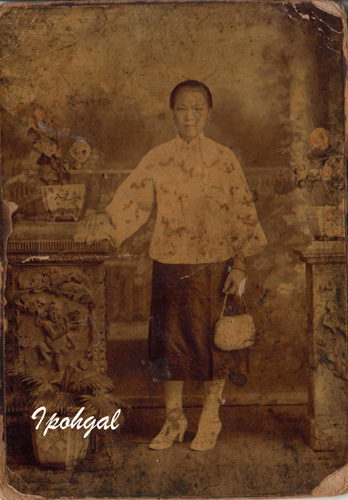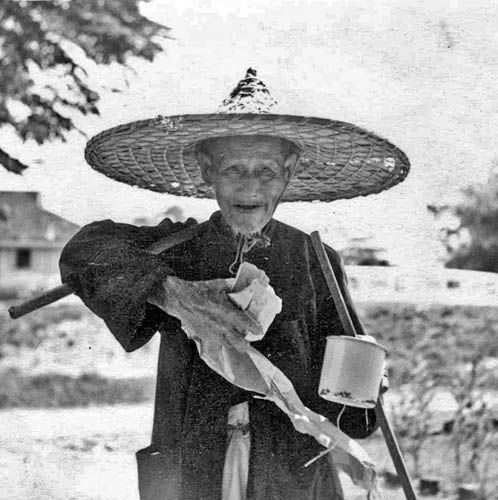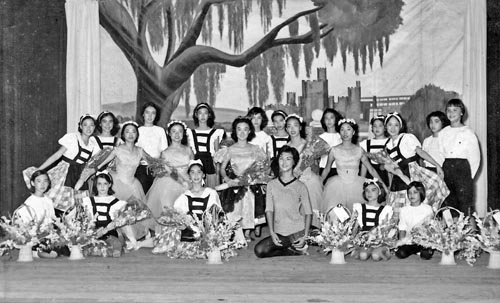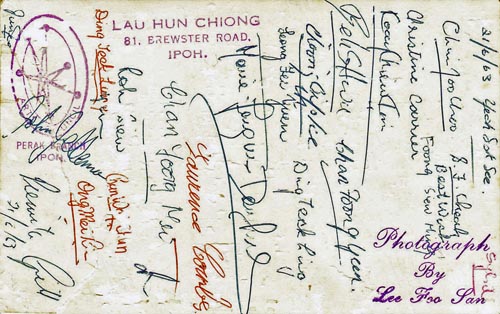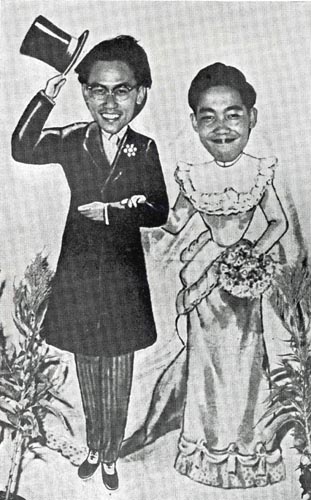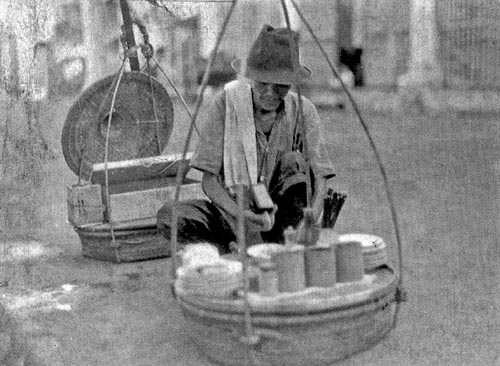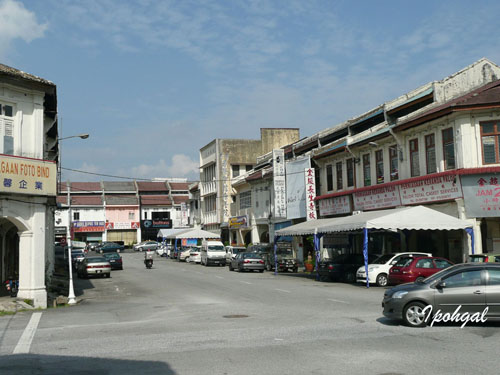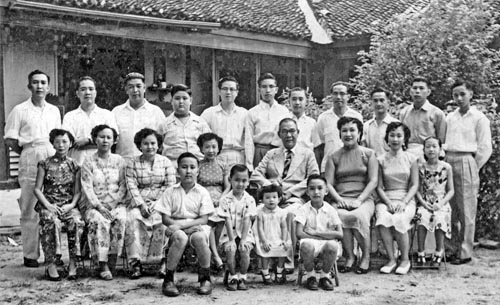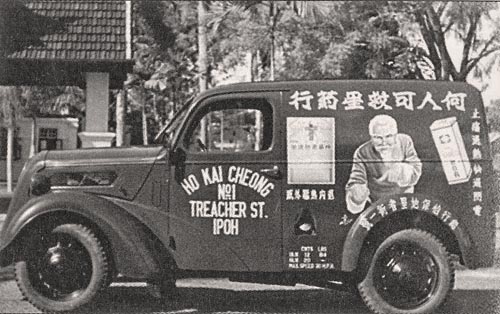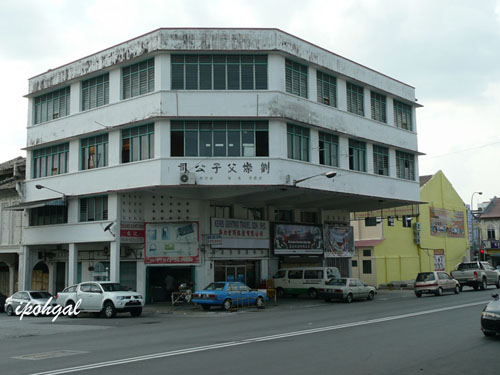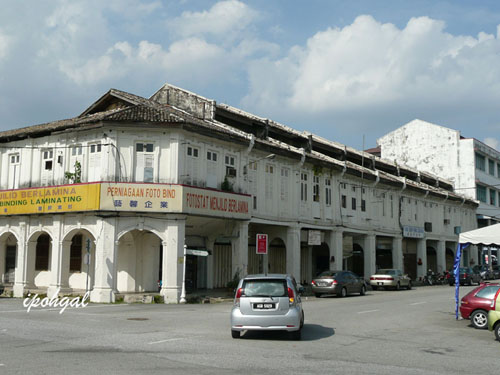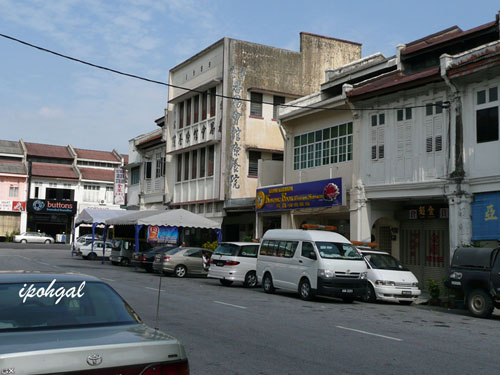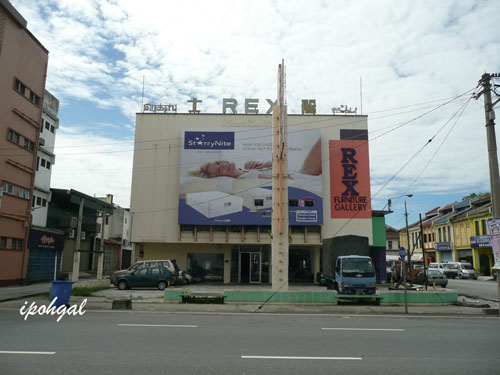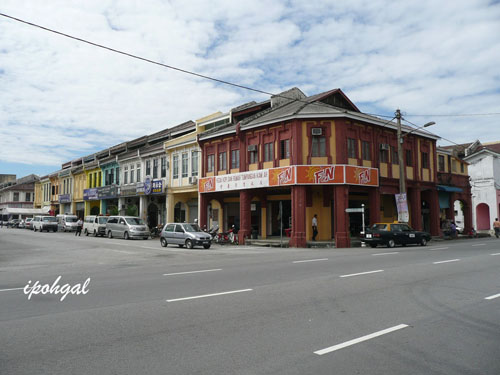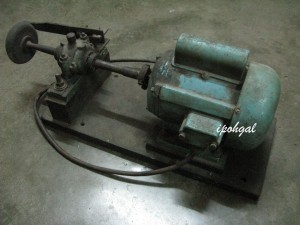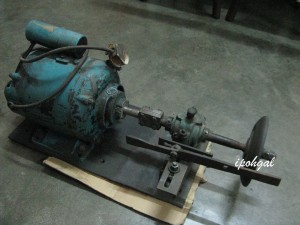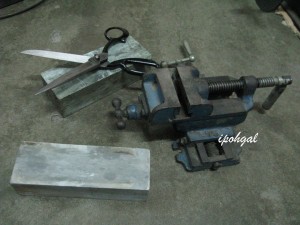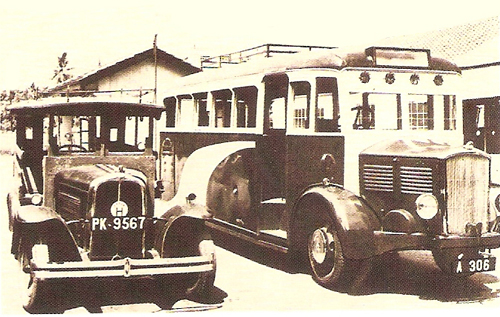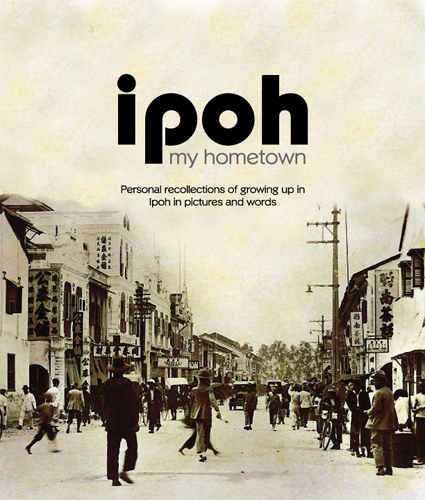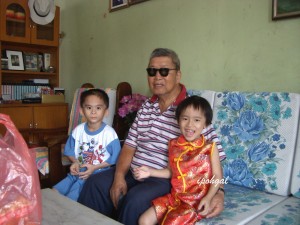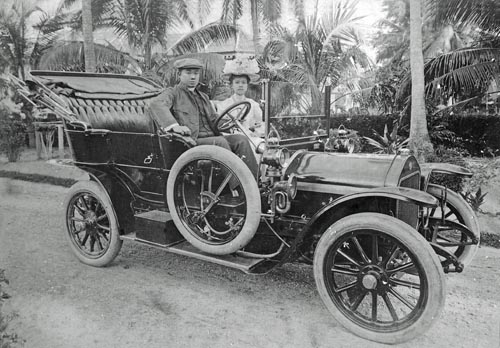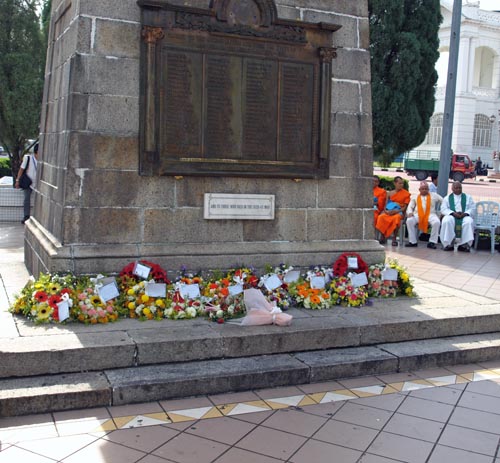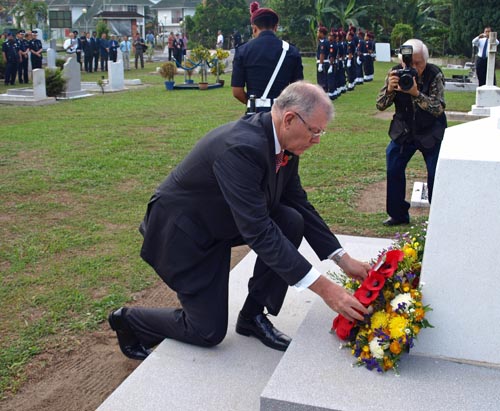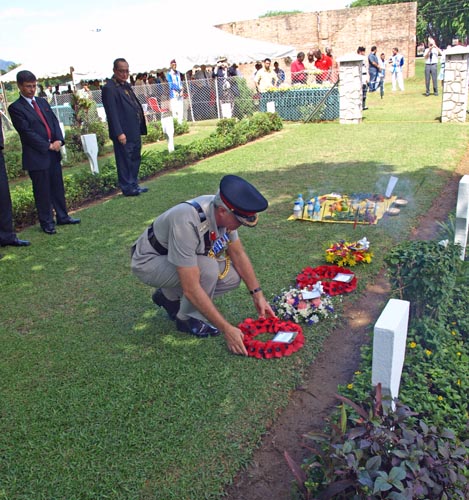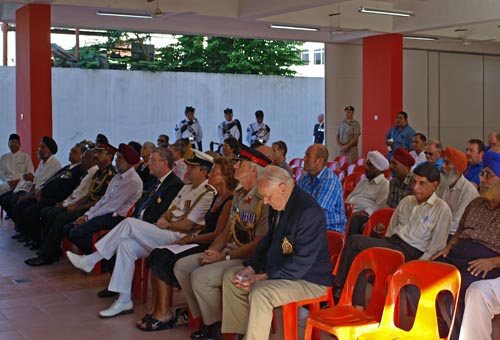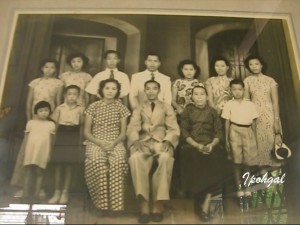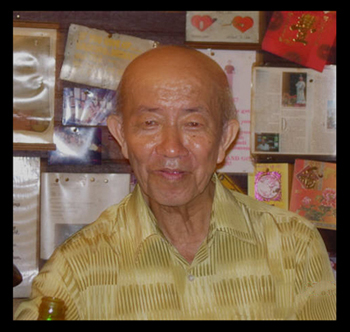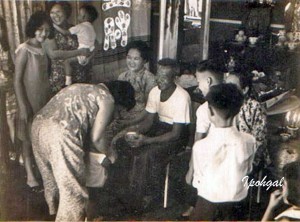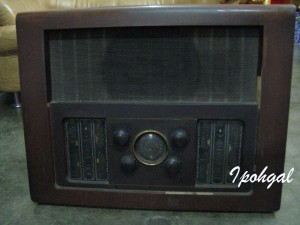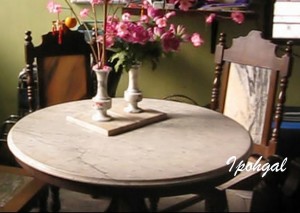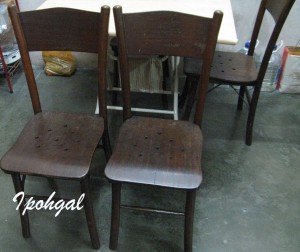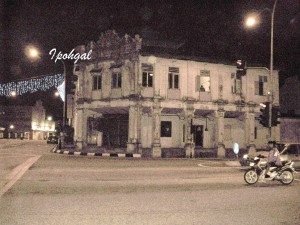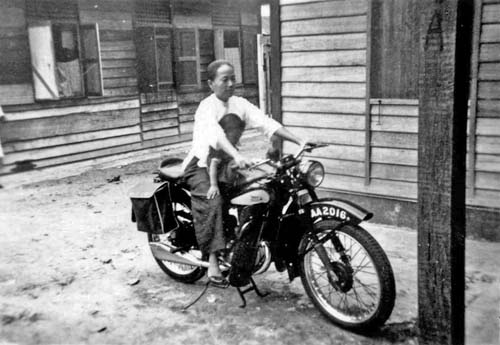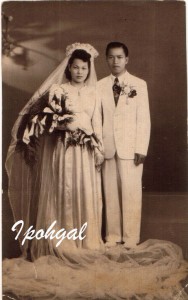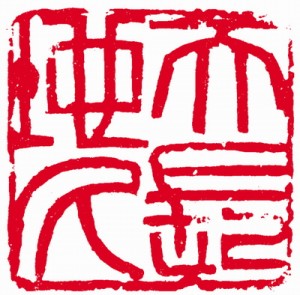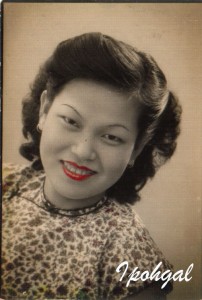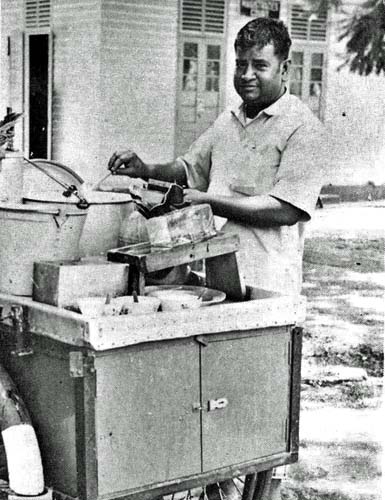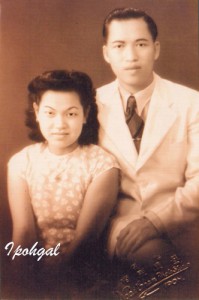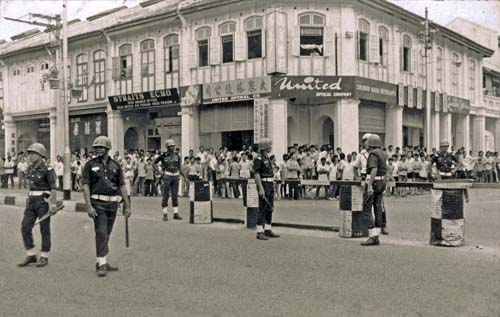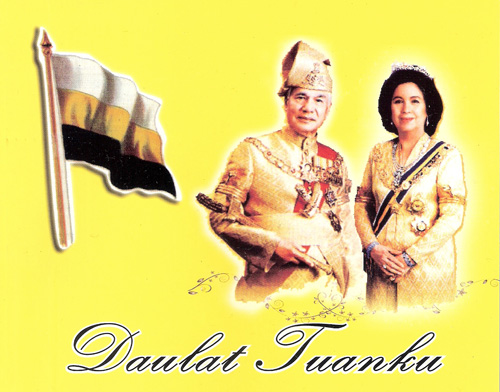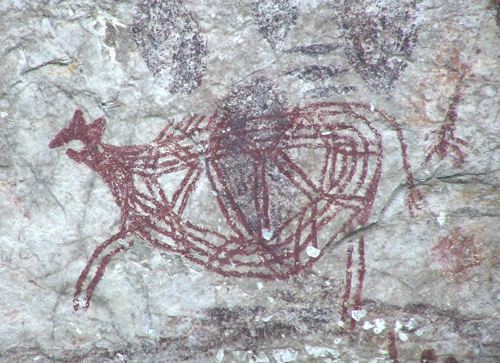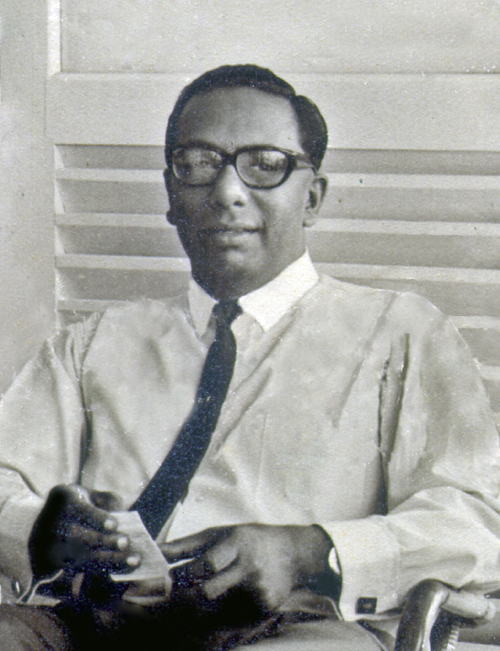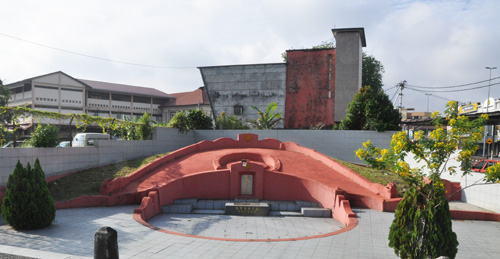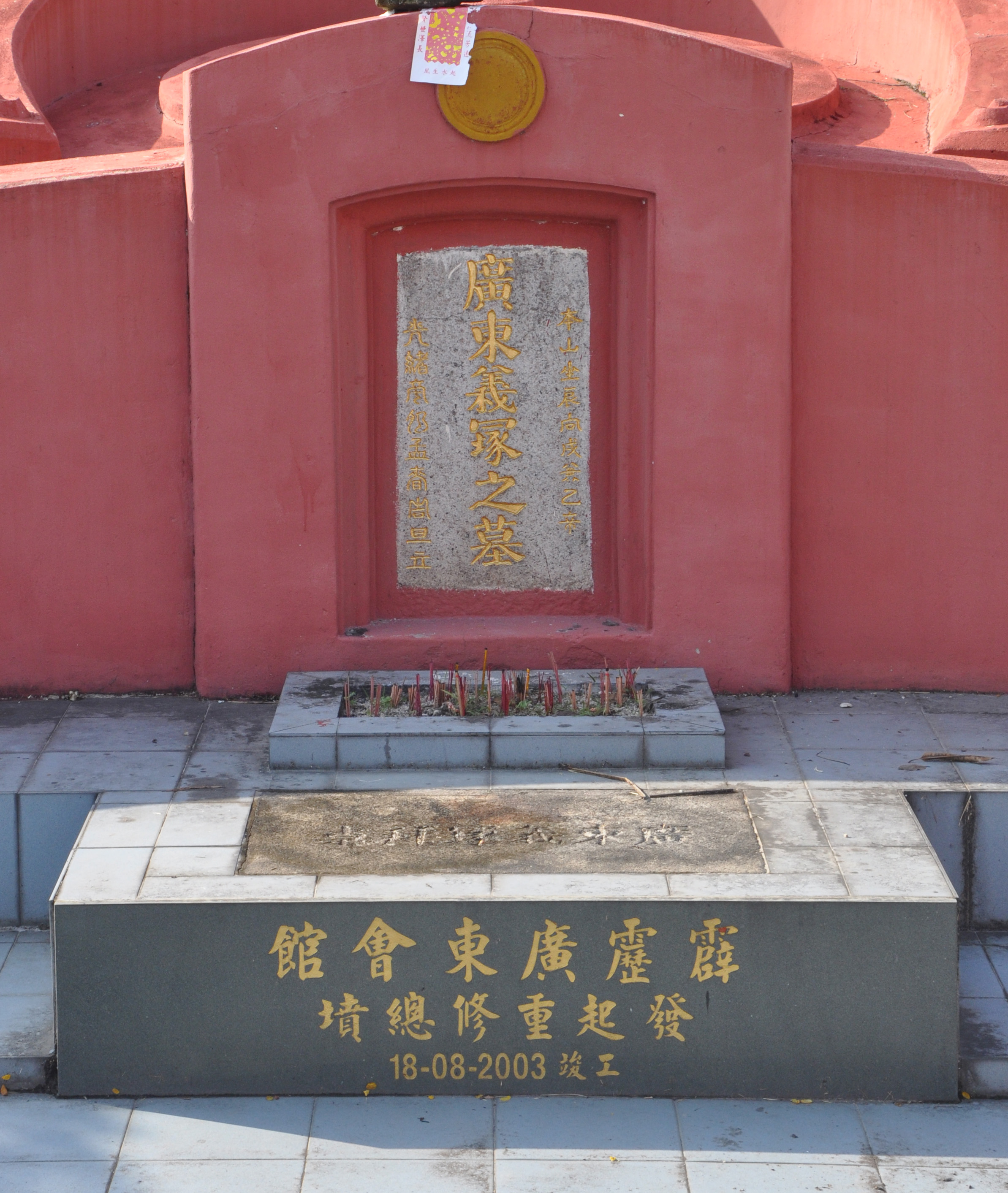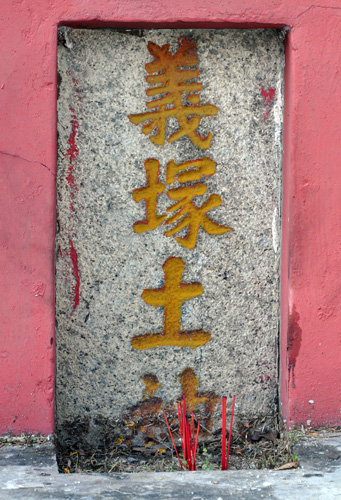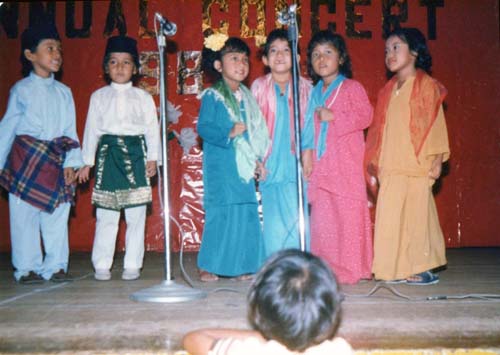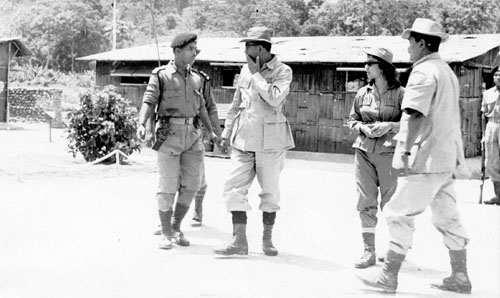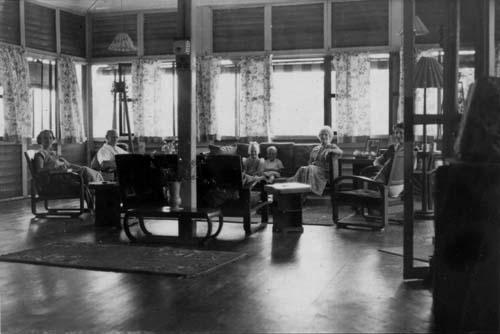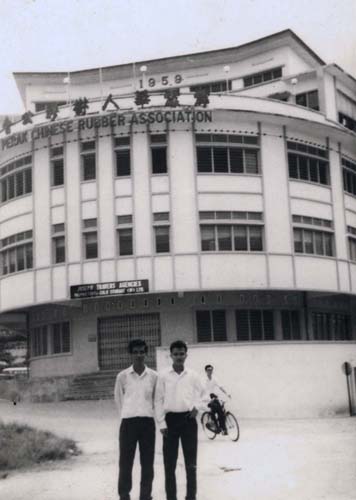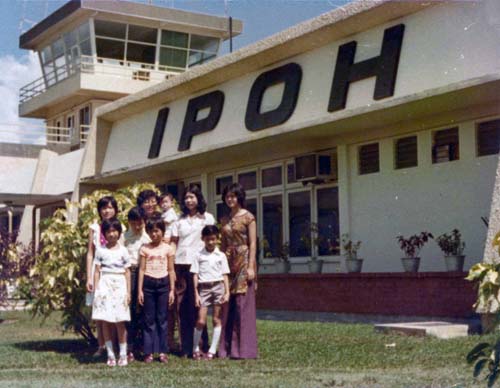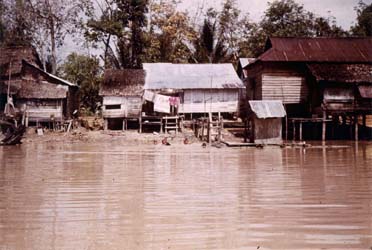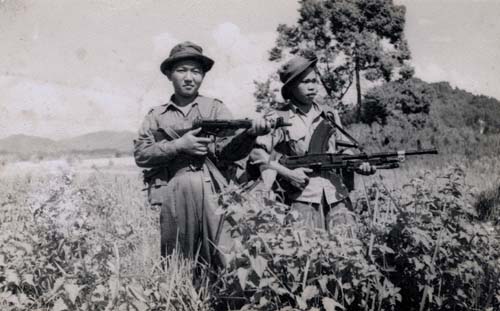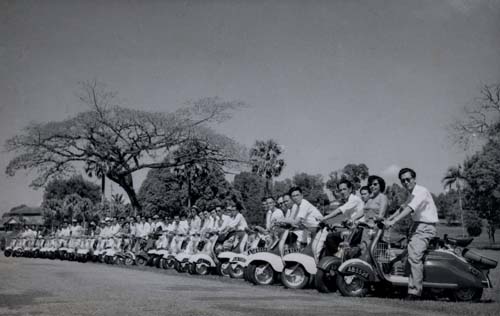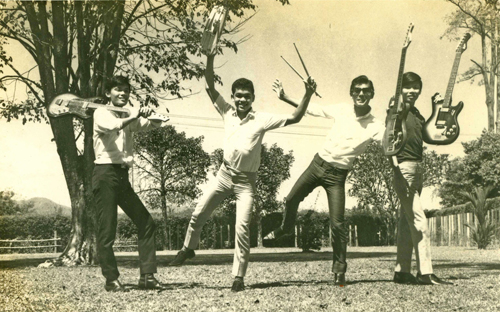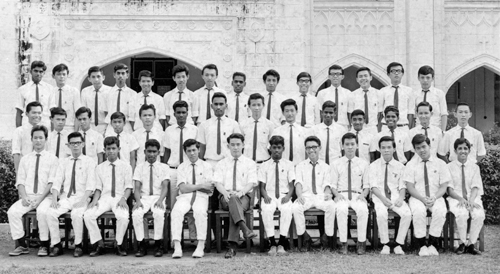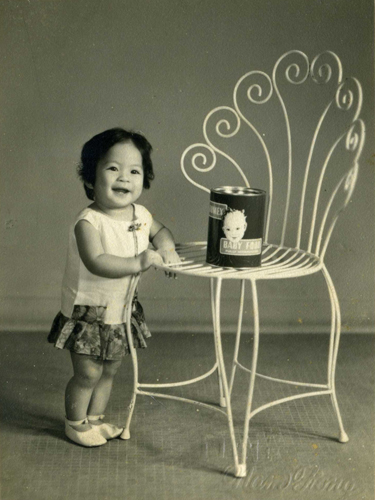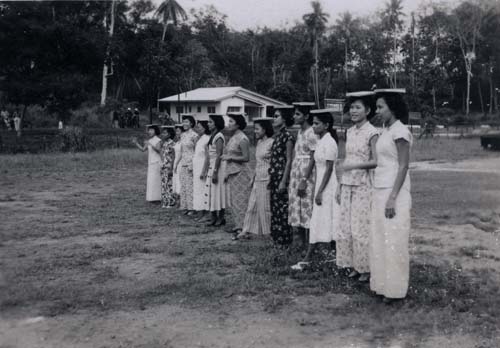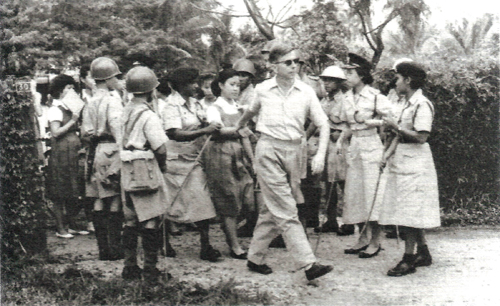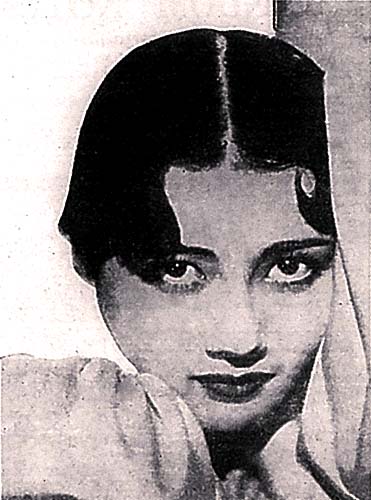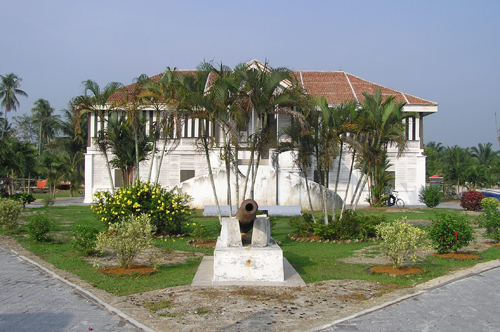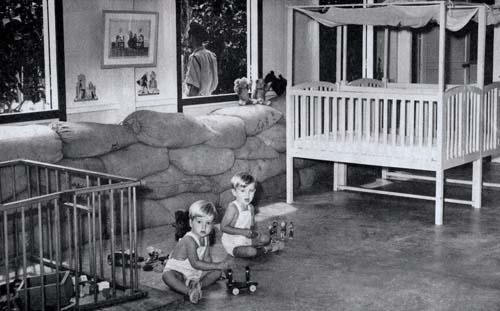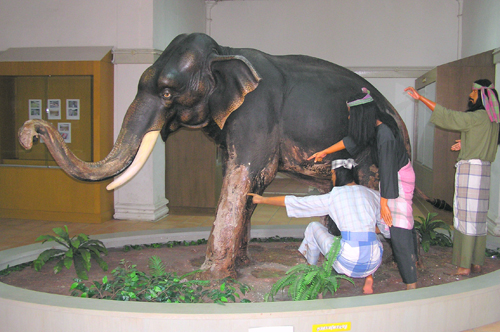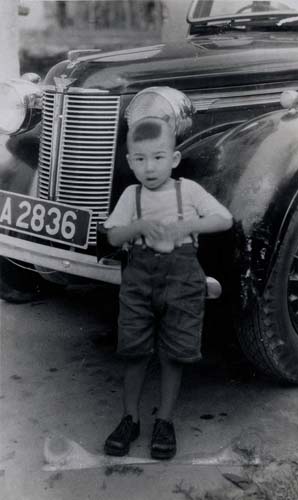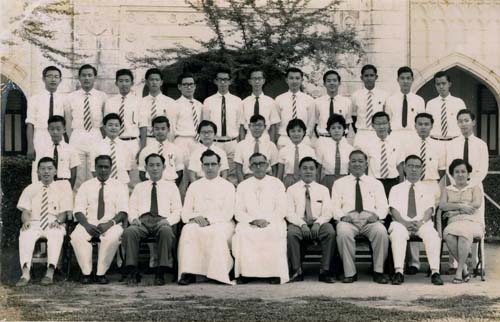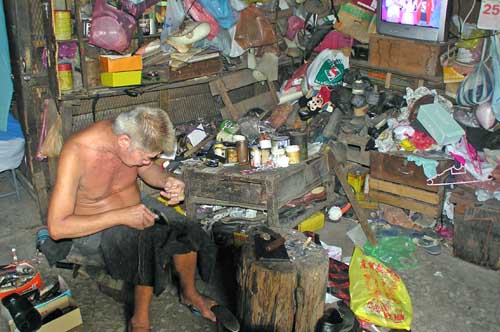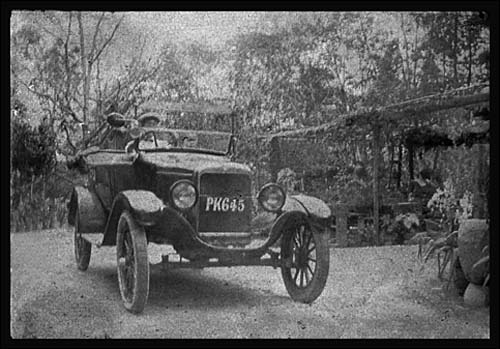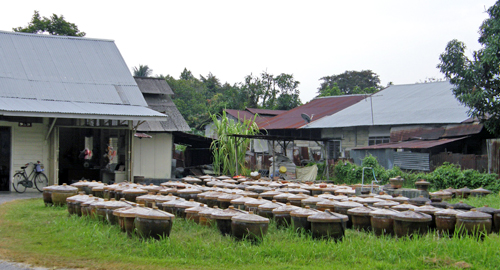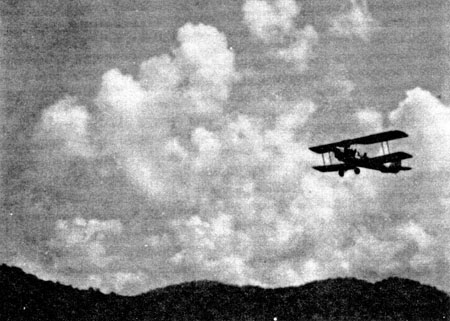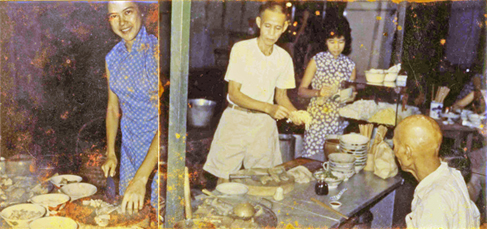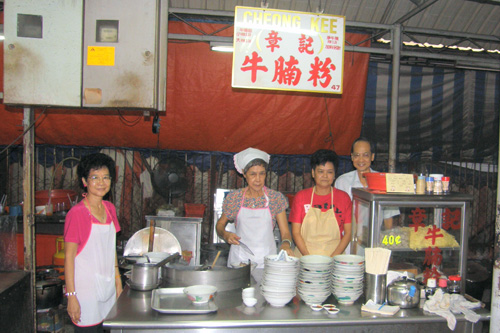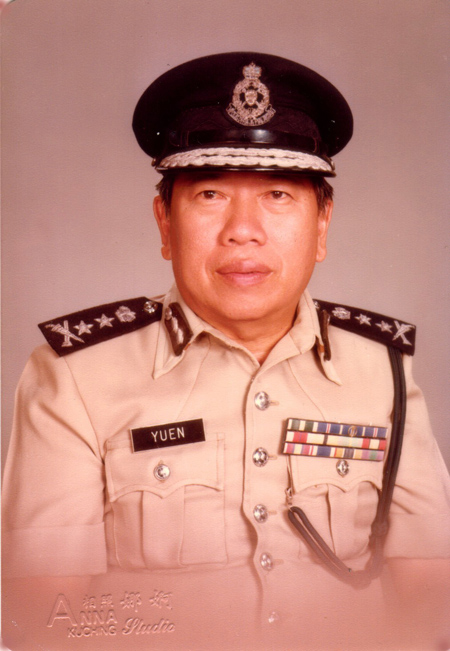 11 November 2011
11 November 2011
PRESS RELEASE
The 22nd Joint Conference of the Sun Yat Sen and Soong Ching Ling Memorials
In conjunction with the
International Centennial Celebrations of Sun Yat Sen’s 1910 ‘Penang Conference’
Launch 20 November 2010 in Penang, Malaysia
Sun Yat Sen’s birthday anniversary on 12 November is celebrated by millions throughout the world. The following weekend in November, delegates from more than 30 Sun Yat Sen and Soong Ching Ling museums and memorial sites will have their 22nd Joint Conference in Penang, the first time outside of China. They will be part of the International Centennial Celebrations of Sun Yat Sen’s 1910 ‘Penang Conference’ which the Malaysian Prime Minister Dato’ Seri Mohd Najib Tun Razak has agreed to launch.
Commonly referred to as ‘the Father of modern China’, Dr. Sun is a global figure with great historical significance to China, Taiwan and the overseas Chinese. He championed nationalism, democracy and egalitarianism, developing a political philosophy known as the ‘Three People’s Principles’. As the leader of the China Revolution of 1911, he became China’s first provisional president in post-Manchu China. He became an inspiration for nationalists all over Asia including the India, Philippines and Indonesia.
It is exactly 100 years since Dr. Sun Yat Sen planned the Huanghuagang Uprising (also called Canton Uprising) from Penang. After having failed with his ninth attempt at revolution, Dr. Sun found renewed support from his Penang followers. He called the party leaders loyal to him to attend his birthday on 12 November 1910 and then held a secret meeting to plan the Canton Uprising. Two days later, at an Emergency General Meeting held at the Penang Philomatic Union, then based in 120 Armenian Street. Dr Sun gave a moving speech and managed to raise 8,000 Straits Dollars, thus launching the campaign for the famous uprising. He established the Penang Chinese newspaper Kwong Wah Jit Poh a few weeks later, today one of the world’s oldest newspapers. In 1910, Dr. Sun spent more than four important months of his revolutionary career in Penang, and left a lasting impact on Penang society, as his followers went on to found several organisations such as Chung Ling School, Penang Chinese Girls’ School, Hu Yew Seah, Li Teik Seah and Min Sin Seah.
When Dr. Sun moved to Penang in 1910, his wife and two daughters, and his revolutionary companion Chen Cuifen, as well as his elder brother and sponsor Sun Mei, came to live with him. This November, the direct descendants of Sun Mei and Dr Sun Yat Sen will have their reunion in Penang and take part in the centennial celebrations. They also hope to meet up with their Malaysian relatives while they are here.
The International Centennial Celebrations will consist of a series of events, including an academic symposium, a major exhibition, the development and launch of the Penang Sun Yat Sen Heritage Trail, the screening of the movie Road To Dawn and a cultural performance. These events will be organised by a large coalition of government and non-government bodies.
The host of the 22nd Joint Conference is the memorial network’s only Malaysian member, the Sun Yat Sen Penang Base, a private museum at 120 Armenian Street. This historic house, located in the Core Zone of the World Heritage Site, was visited by Hu Jintao, then already China’s president designate. As a follow-up of Hu Jintao’s visit, two China government subsidiaries collaborated with an international movie cast to produce a movie ‘Road To Dawn’ about Dr. Sun’s life in Penang,
The International Centennial Celebrations will therefore be a culmination of Penang’s efforts to commemorate Sun Yat Sen’s historic sojourn in Penang, Museum curators and scholars will convene to talk about the significance of the 1910 Penang Conference. Schoolchildren will tour the exhibition to learn about Sun Yat Sen and Soong Ching Ling as global figures of the early twentieth century. The international delegates and Sun descendants will meet the custodians of heritage sites in Penang that preserve Sun’s memory and legacy. The world will remember the historic moment of the ‘Penang Conference’, the legacy of Dr. Sun Yat Sen and the contributions of his Penang and Malayan followers.
————————–ll————————-
EVENTS
The 22nd Joint Conference of the Sun Yat Sen and Soong Ching Ling Memorials
in conjunction with the
International Centennial Celebrations of Sun Yat Sen’s 1910 ‘Penang Conference’
Exhibition: 12 November 2010 to 17 February 2011 at 57 Macalister Road
Conference: 19-22 November 2010 at City Bayview Hotel
Exhibition on Sun Yat Sen, Soong Ching Ling and Southeast Asia
Date & Venue: 12 November 2010 to 17 February 2011, at the new Penang State Museum premises (former Maternity Hospital), Macalister Road, Penang
Organised by Min Sin Seah, supported by the Penang State Government
This exhibition will introduce the memorials sites of Sun Yat Sen and Soong Ching Ling. Part of the exhibition will highlight the importance of Dr. Sun Yat Sen and his movement in the history of Penang and Malaysia, including their contributions in Chinese education, the Chinese press as well as social and political movements.
————————–ll————————-
22nd Joint Conference of Sun Yat Sen and Soong Ching Ling Memorials
19-22 November at City Bayview Hotel, Penang
The memorials network and joint conference were inaugurated in 1989 and now includes more than 40 organizations around the world. In November 2010, the Joint Conference will take place in Penang, Malaysia – its first meeting outside of China. It will be hosted by the Sun Yat Sen Penang Base, which has been the sole Malaysian member of the Joint Conference since 2005. More than 30 museums and memorials from eight cities in China, as well as from Japan, Taiwan, Singapore, Malaysia and the Philippines, will be converging for this event.
Grand launch of the 22nd Joint Conference of the Sun Yat Sen and Soong Ching Ling Memorials in conjunction with the International Centennial Celebrations of Sun Yat Sen’s 1910 ‘Penang Conference’
Date & venue: 10 am, 20 November 2010 at Grand Ballroom, City Bayview Hotel
Organised by the Joint Committee of the International Centennial Celebrations, supported by Khazanah Nasional Berhad.
Our Malaysian Prime Minister, Dato’ Seri Mohd Najib has agreed to officate the launch of the conference. It will be a historic occasion for Penang and Malaysia, attended by the international delegates representing the Sun Yat Sen and Soong Ching Ling memorials, and the direct descendants of Sun Mei and Dr. Sun Yat Sen, as well as the Penang and Malaysian public.
Public talk: Inaugural Penang Story Lecture by Professor Wang Gungwu
Date & venue: 11.30am, 20 November 2010 at Grand Ballroom, City Bayview Hotel
In his lecture “Sino-Western Penang Responses”, Wang Gungwu will look discuss the early phases of Penang’s globalization, through the encounters of personalities such Dr Sun Yat-sen and Ku Hung-ming. Professor Wang Gungwu is the Chairman of the East Asian Institute and University Professor, National University of Singapore. He is also Emeritus Professor of the Australian National University. Professor Wang is widely recognized as the ‘doyen of overseas Chinese historical scholarship’.
————————–ll————————-
International Symposium on Sun Yat Sen, Soong Ching Ling and Southeast Asia
Date & Venue: 8.30am-4.30am 21 November 2010 at Wawasan Open University
Co-organised by Wawasan Open University
This symposium will bring together 15-20 scholars to talk about Sun Yat Sen and Soong Ching Ling, their life and contributions and their impact on Southeast Asia. One focus will be on the 1910 ‘Penang Conference’, and its significance for the history of China.
Sun Yat Sen Heritage Trail, George Town World Heritage Site
Developed by the Penang Heritage Trust, supported by Think City Sdn Bhd
As a legacy of this conference, we will establish a Penang Sun Yat Sen Heritage Trail, which will consist of at least 10 historical sites in Penang associated with Dr. Sun Yat Sen and his followers. This heritage trail will be a new tourism product targeting the China and Taiwan markets and packaged with airlines worldwide.
————————–ll————————-
Organised by Sun Yat Sen Penang Base, Min Sin Seah, Penang Heritage Trust, Penang Chinese Town Hall, Taipei Investors in Malaysia Association, Malaysia, The Federation of Alumni Association of Taiwan Universities, Wawasan Open University, Chung Ling High School Alumni Association, Penang Zhongshan Association, Penang Philomatic Union, Penang Tourist Guide Association, Equator Academy of Art,Vision Academy, Malaysia.
Supported by ThinkCity Sdn Bhd, Penang Global Tourism, Penang State Museum


